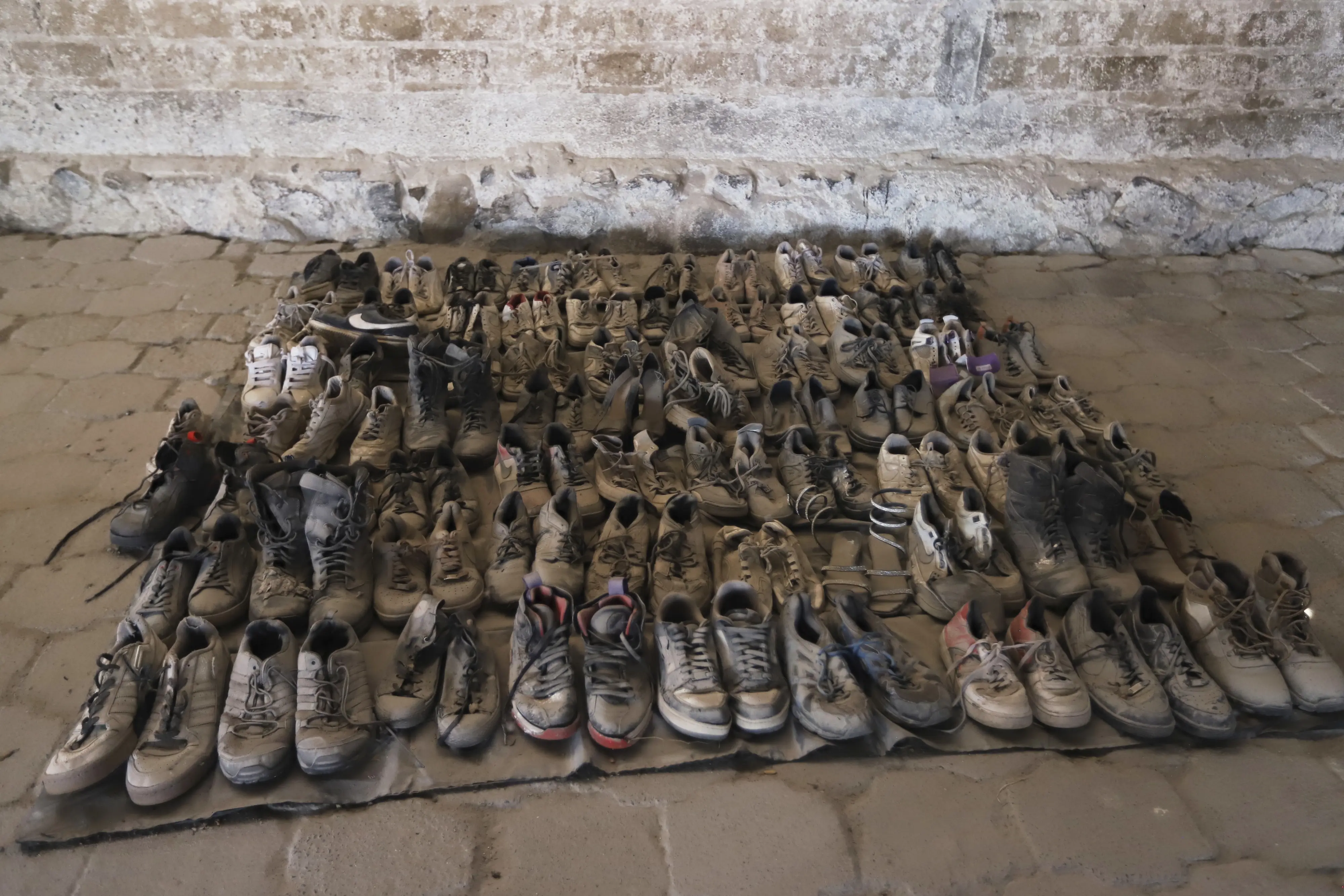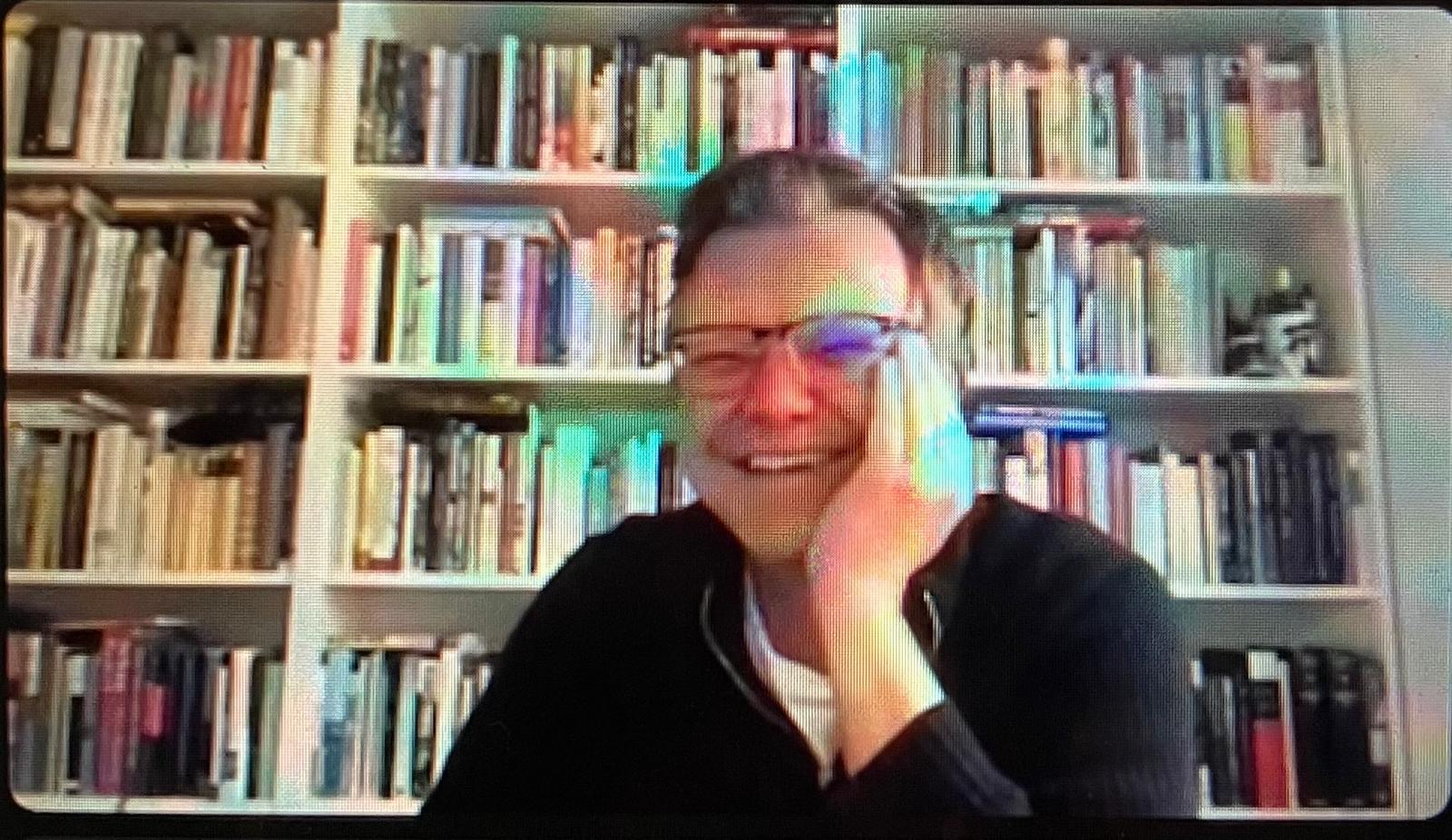The August 2023 Issue features:
Modeling doubt: a speculative syllabus
Shannon Mattern
In light of increasing artificial intelligence and proliferating conspiracy, technofetishism and moral panics, faith in ubiquitous data capture and mistrust of public institutions, the ascendance of STEM and the ‘deplatforming’ of the arts and humanities, this article considers doubt as an epistemological condition, a political tool, an ethical force, a rhetorical register, and an aesthetic category. Adapted from the author’s May 2023 inaugural King’s Public Lecture in Digital Humanities at King’s College London, and structured in the form of a syllabus for a speculative class, it aims to identify where humanistic conceptions of doubt do, or could or should, reside within our digital systems: at the interface, within the code, or engineered into hardware and infrastructure.
From sublime awe to abject cringe: on the embodied processing of AI art
Shane Denson
This article urges a reorientation in thinking about AI art (and AI more generally), shifting from the common focus on computational ‘intelligence’ to the embodied, metabolic processing that takes place in our encounters with (moving-image) artworks produced with machine-learning algorithms. Drawing on Merleau-Ponty’s corporeal phenomenology, the article argues that spectators’ bodies act as filters, distilling visual phenomena from a range of extraperceptual facets of these works; in particular, bodies react to invisible algorithmic infrastructures, which, in the case of machine learning algorithms, also operate as filters in their own right. The collision of metabolic and computational microtemporal operations calls forth a number of embodied affects, ranging from sublime awe to disorientation, cringe, and uncanny feelings of relational and environmental entanglement. These themes are explored through the work of four contemporary artists working with AI: Ian Cheng, Refik Anadol, Jon Rafman, and Yvette Granata. In conversation with these artists, the author explores our bodily responses to AI-generated imagery in an attempt to better understand the stakes, as well as the underlying mechanisms, of the new technology’s transformation of our visual culture.
Pictograms for resistance: historicity and militant design research in Amazonian Ecuador
Nathaly Pinto, Guy Julier , and Andrés Tapia
This article focuses on the experiences of developing and using pictograms as visual devices to support Indigenous communities of Amazonian Ecuador. It recognizes the imbalances and contradictions amidst the complex histories and identities of a Latin American state such as Ecuador. The authors emphasize the need to decolonize the design activist imagination and highlight two key issues. The first is in appreciating how historicity operates in this context. The authors show how a non-teleological, historical consciousness is central to processes of deliberation and collaboration. Secondly, they introduce the concept of ‘militant design research’ to understand the role of the activist researcher in this context. These reflections challenge European and North American conceptions of design activism and social design. Consequently, the design-researcher’s subject position shifts away from an extractivist mode and, instead, commits to the tensions and Indigenous political processes within which the pictograms function.
Asia Bazdyrieva, Bryan Norton, and Jussi Parikka, (in conversation)
In this interview, scholar–curator Bryan Norton discusses new forms of planetary-scale image-making with artist–researcher Asia Bazydrieva (Geocinema) and media theorist Jussi Parikka. While collaborating with Bazdyrieva during the production of Geocinema’s ‘Making of Earths’, a documentary exploring the Digital Belt and Road Initiative in China, Parikka wrote a new book, Operational Images: From the Visual to the Invisual (2023). In this study, Parikka suggests that the forms of image-making explored in ‘Making of Earths’ press against the very borders of the visible, possessing a long history with drastic political and social consequences. Drawing on the history of satellite imagery, drone footage and climate models, both Parikka’s and Bazydrieva’s work present fecund modes of artistic and scholarly engagement with the contemporary creation and dissemination of what Harun Farocki called ‘operational images’ in his audiovisual work from the early 2000s. In this conversation, Bazdyrieva, Norton and Parikka discuss the ever-increasing ubiquity of these types of images in order to highlight their role in planetary-scale computation systems, the production of scientific knowledge and the ongoing war in Ukraine.
Window on the nostalgia box: television and the ambient aesthetics of karaoke in 1980s Japan
Chelsea Morgen Ward
This article traces the social, technological and legal factors that, from the 1960s onward, transformed karaoke into a televisual medium. The author shows how the incorporation of the television screen into karaoke performance reveals a cross-section of postwar Japanese anxieties surrounding gendered leisure practices, licensing and storage of emerging media formats, and the regulation of the body within urban space. She further argues that the resultant ambient aesthetics of karaoke background videos encode a particular historical moment in the 1980s, in which karaoke emerged as a leisure activity involving the visually orchestrated somatic reconstitution of ambient space under pressure within Japan’s increasingly mediatized urban environment. The article ultimately suggests that resituating karaoke within television and media studies allows for a more resonant understanding of it as an embodied practice in which a visually driven nostalgia for ambient media alters, if not outright displaces, the affective connection to the audio it accompanies. The televisually mediated space of karaoke performance, then, reframes the nostalgia typically associated with both television and popular audio as, instead, nostalgia for the way ambient media allows for renegotiations of the relationship between the body and its surroundings under the attendant pressures of late capitalism.
Tarot as affective cartography in the uneven Anthropocene
Anastasia Murney
In the context of anthropogenic climate change, this article critiques the prevalence of ocularcentric strategies, such as spectacular large-scale artworks and data visualizations, questioning the epistemological assumptions underpinning them. The author proposes Tarot, a dialogical practice unfolding through a deck of cards, often used for divination or occult purposes, as a valuable method for addressing the cognitive and affective messiness of climate crisis. This article examines three socially engaged art practices centring Tarot – James Leonard’s The Tent of Casually Observed Phenologies (2017–), Adelita Husni-Bey’s The Reading/La Seduta (2017) and Denise Ferreira da Silva and Valentina Desideri’s poethical readings (2015–). These case studies advance an understanding of Tarot as affective cartography, foregrounding the embodied and interpretive labour of negotiating connections across different crises and contradictions. Tarot provides a social context to experiment with new possibilities, unsettling ‘rational’ habits of thought and rethinking the practice of ‘making sense’ in the uneven Anthropocene.
—
Book Reviews:
Kirsty Sinclair Dootson, The Rainbow’s Gravity: Colour, Materiality and British Modernity, by Siobhan Angus
Burcu Dogramaci and Kerstin Pinther (eds) Design Dispersed: Forms of Migration and Flight, by Esra Bici Nasır
Paul Roquet, The Immersive Enclosure: Virtual Reality in Japan, by Cecilia Chen
Hentyle Yapp, Minor China: Method, Materialism, and the Aesthetic, by Yahia Zhengtang Ma
—





